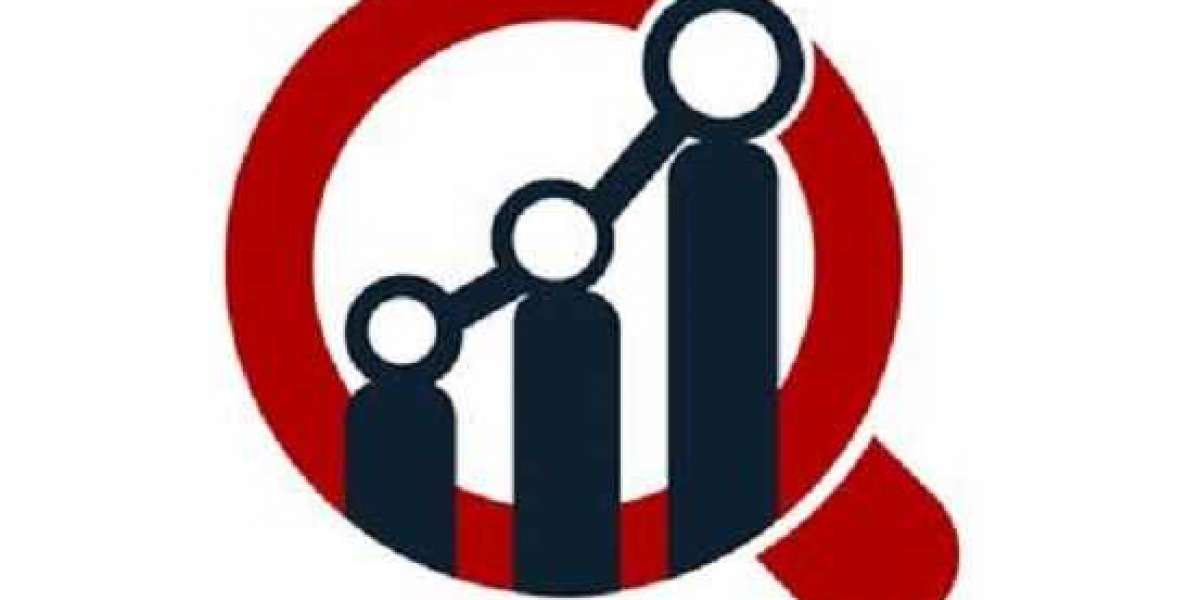How At Home Testing Is Empowering Patients in the Hereditary Cancer Market
In recent years, the healthcare industry has witnessed a significant transformation driven by patient-centric technologies. One of the most groundbreaking shifts has been the rise of at-home hereditary cancer testing, a development that’s democratizing access to life-saving genetic information. As we move through 2025, at-home testing kits have become more advanced, more accurate, and more accessible—empowering individuals like never before to take charge of their health.
This evolution is more than a trend. It represents a movement toward preventive care, early intervention, and data-driven health decisions. Let’s explore how at-home hereditary cancer testing is reshaping the healthcare landscape and providing new hope for millions.
What Is Hereditary Cancer Testing?
Hereditary cancer testing involves analyzing a person's DNA to look for inherited mutations that could increase their risk for certain types of cancer. Some of the most commonly tested genes include BRCA1 and BRCA2, which are associated with breast and ovarian cancer, as well as genes linked to colorectal, prostate, pancreatic, and other cancers.
Traditionally, this type of genetic testing was conducted in clinical or hospital settings, requiring physician referrals, in-person visits, and often lengthy wait times. But with the emergence of direct-to-consumer (DTC) genetic testing kits, individuals can now collect samples from the comfort of their own homes—usually by saliva or cheek swab—and send them to a certified lab for analysis.
The 2025 Revolution in At Home Hereditary Cancer Testing
The popularity of at-home genetic tests has soared over the past few years, and 2025 is seeing a new generation of smart, affordable, and clinically validated testing solutions. These kits are more than just mail-in DNA tests—they’re full-service solutions that include telehealth consultations, integrated risk reports, and even personalized prevention plans.
Some of the key developments driving this growth include:
Improved Accuracy through AI and Genomic Databases: AI-powered algorithms now analyze test results with greater precision, reducing false positives and negatives. These tools can compare your DNA to vast genomic libraries to detect even the most subtle mutations.
FDA Oversight and Regulatory Approvals: To ensure safety and accuracy, regulatory bodies have implemented strict guidelines, and leading companies now meet clinical-grade standards, offering confidence to both patients and physicians.
Integration with Healthcare Providers: Many at-home testing platforms now partner with hospitals and insurance providers, helping users receive follow-up care or preventive interventions based on their results.
Empowering the Patient Like Never Before
One of the most powerful impacts of at-home hereditary cancer testing is patient empowerment. Here’s how:
1. Accessibility and Convenience
Individuals no longer need to navigate hospital systems, wait for referrals, or take time off work. The convenience of home testing removes significant barriers—especially for people in rural or underserved communities.
2. Early Detection and Prevention
Knowing your genetic risk can be life-saving. A person who tests positive for a high-risk gene mutation can begin screening earlier, make lifestyle changes, or even consider preventive surgeries. Early knowledge leads to early action.
3. Informed Decision-Making
Patients equipped with genetic information can make better choices about their health. Whether it's deciding between treatment options or understanding familial risk, knowledge truly becomes power.
4. Family Health Awareness
Since hereditary cancer mutations often run in families, a positive result for one person can prompt testing and early detection in family members, creating a ripple effect of awareness and prevention.
Addressing Concerns Around Privacy and Accuracy
Despite the benefits, some concerns remain. Users may worry about data privacy, fearing their genetic information could be misused. In 2025, most reputable companies adhere to strict data encryption standards and transparent consent policies, giving users control over how their data is used.
In terms of accuracy, there’s a distinction between recreational DNA kits and clinically validated tests. Consumers are advised to choose kits approved by healthcare professionals and certified by agencies like CLIA (Clinical Laboratory Improvement Amendments) and CAP (College of American Pathologists).
The Future of At Home Genetic Testing
The at-home hereditary cancer testing market is only poised to grow. Analysts predict a CAGR of over 12% through 2030, fueled by technological innovation, rising cancer awareness, and increasing demand for personalized healthcare.
Looking ahead, we can expect:
More comprehensive multi-cancer panels
Real-time result dashboards and AI-driven insights
Integration with wearable health tech to track symptoms or markers post-testing
Greater insurance coverage and even employer-sponsored testing
Conclusion
In 2025, the rise of at-home hereditary cancer testing is a clear sign that healthcare is becoming more proactive, personal, and patient-driven. By putting the power of early detection in people’s hands, these innovations are not only changing how we detect cancer—they’re changing how we live with the knowledge of risk.
As patients, caregivers, and healthcare systems continue to embrace this shift, the future of hereditary cancer prevention looks brighter than ever.







